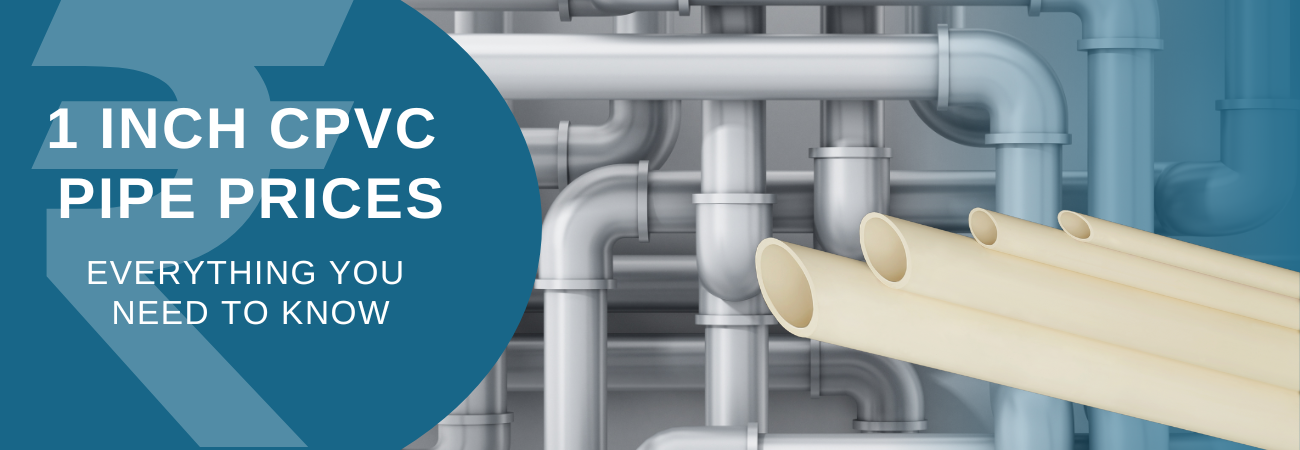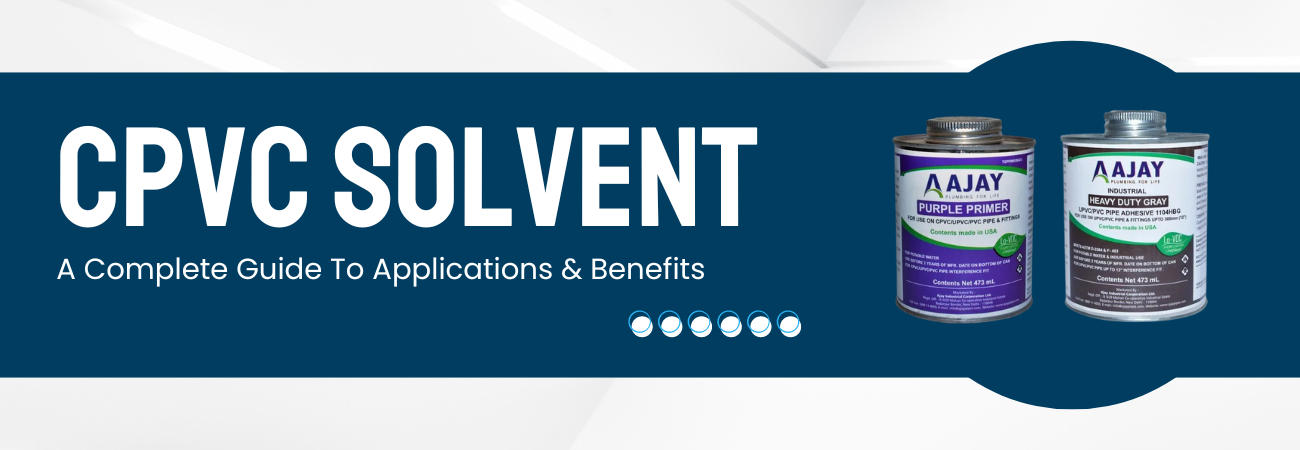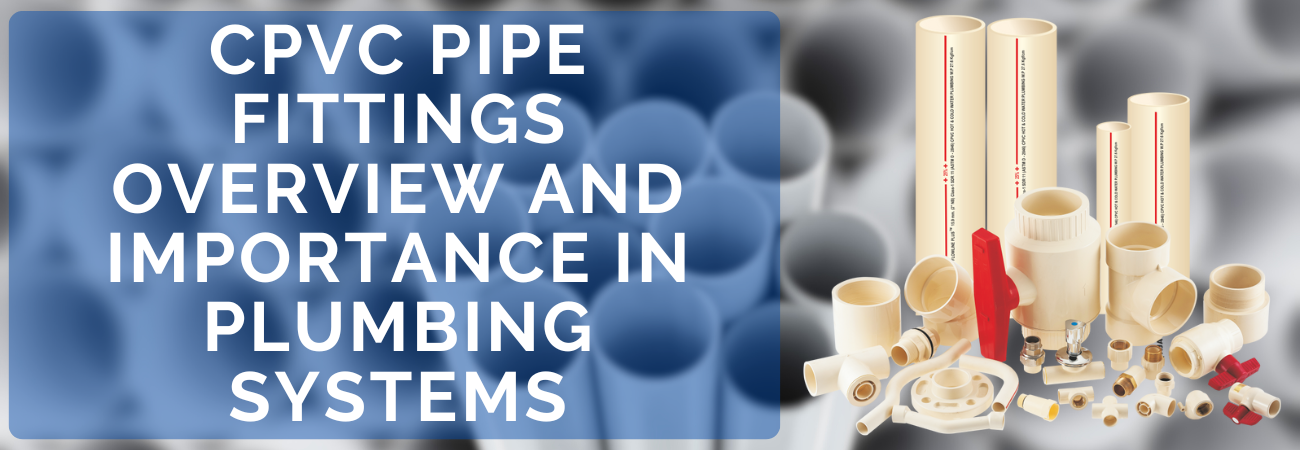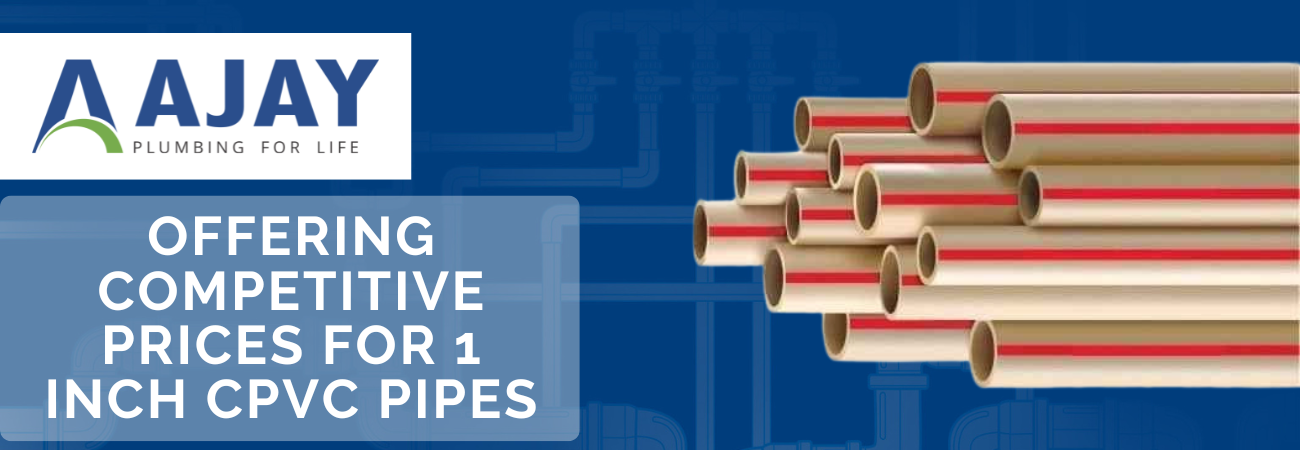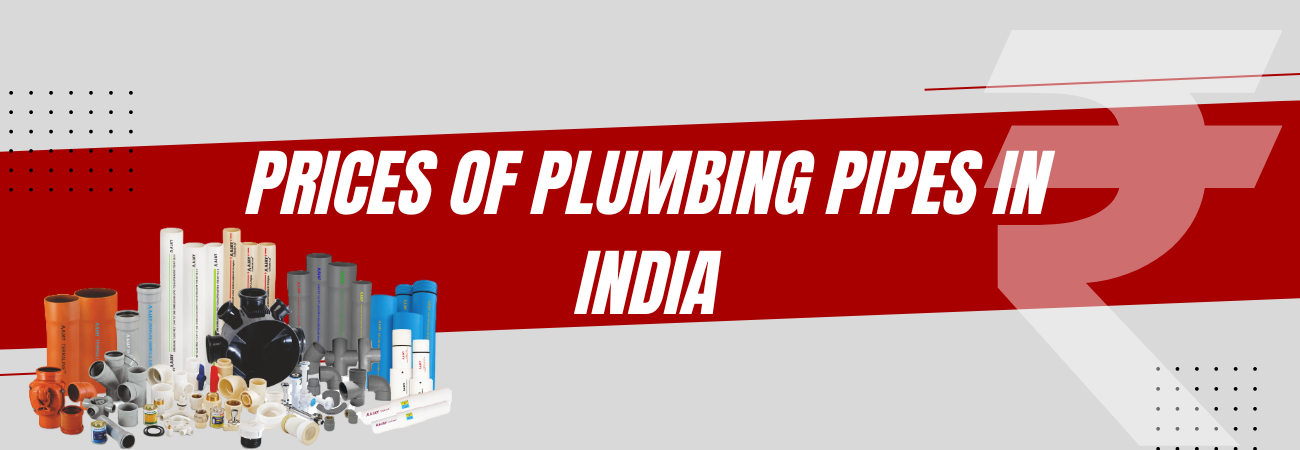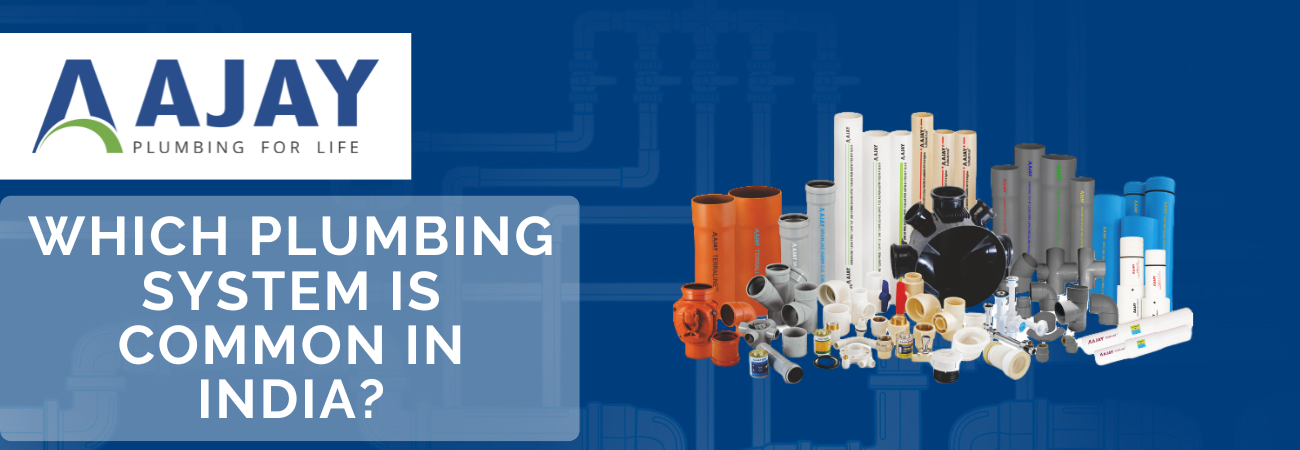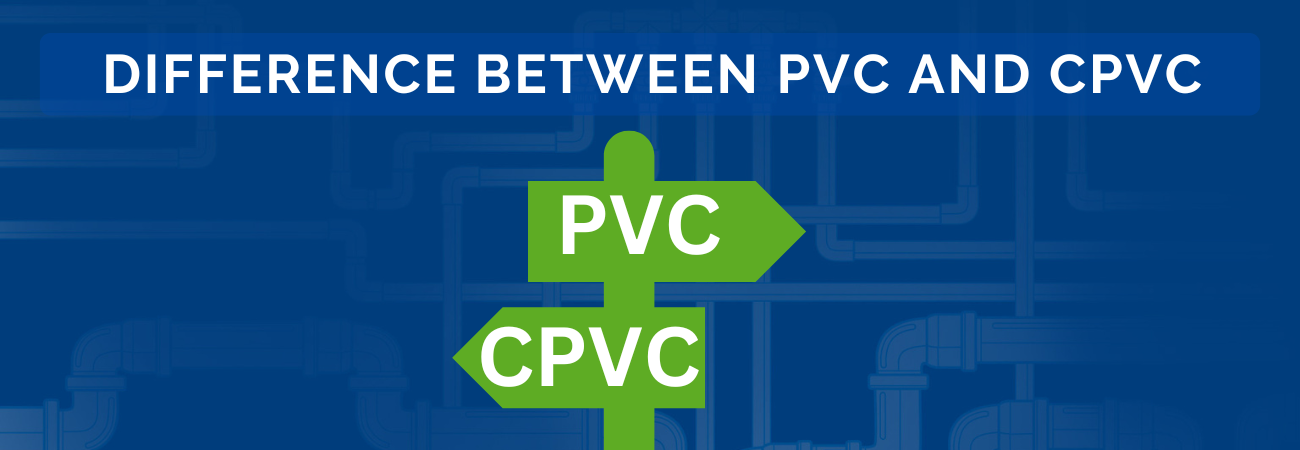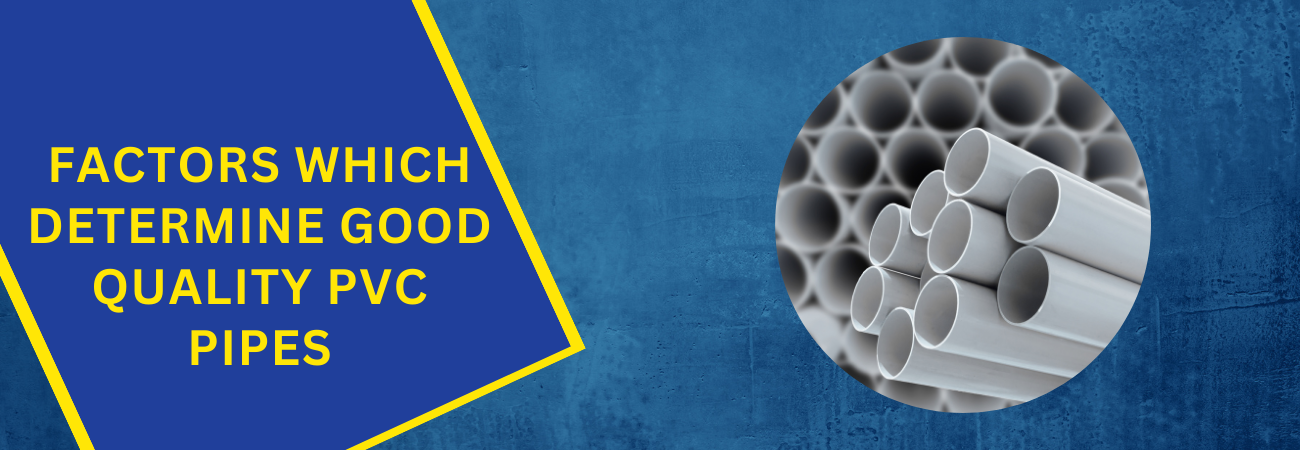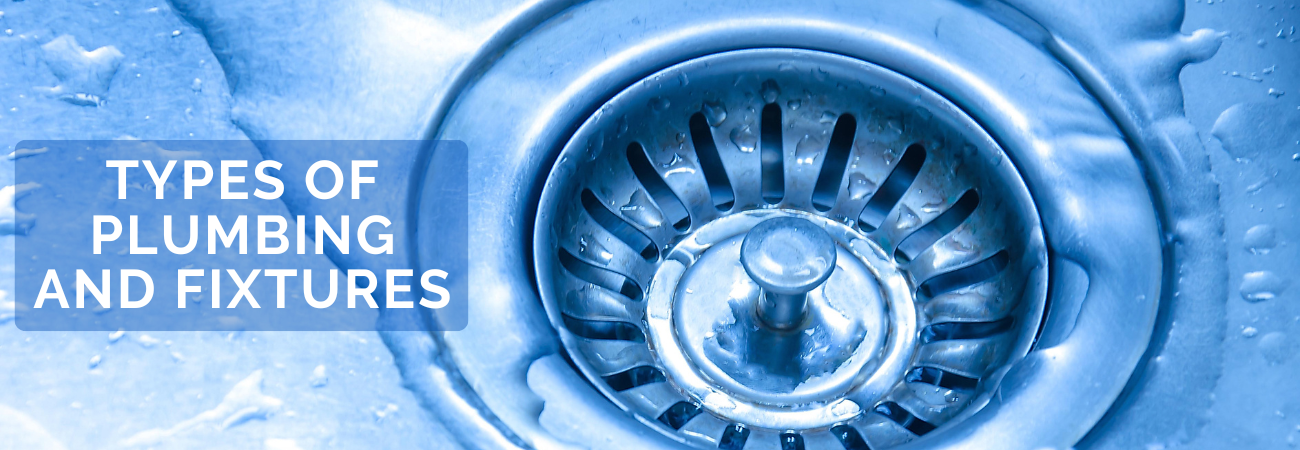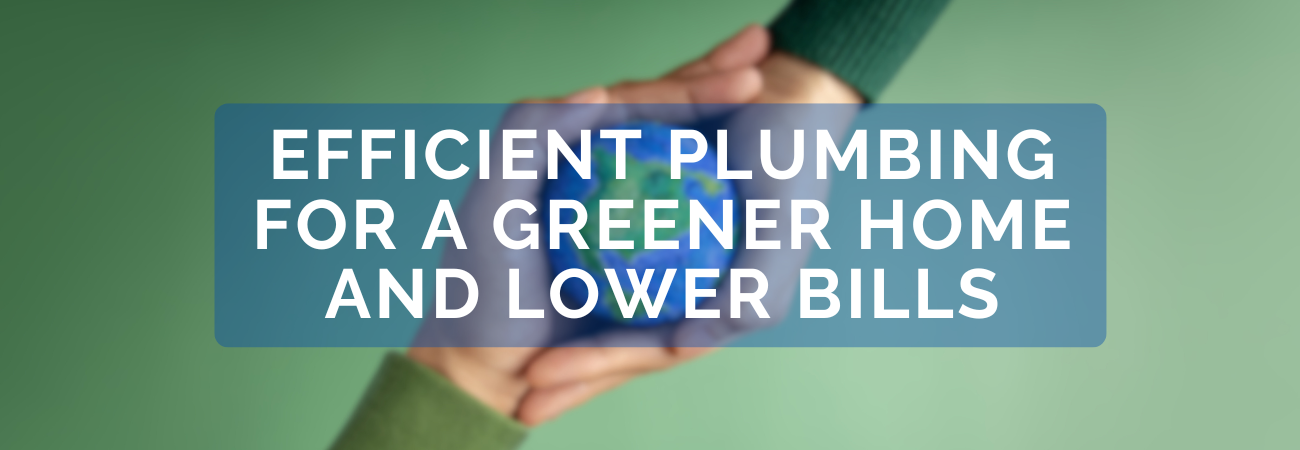Introduction
PVC bends are crucial elements in modern plumbing and piping systems, providing adaptable solutions for directing fluid flow. These fittings facilitate smooth directional changes and maintain system efficiency. This guide explores the diverse applications of PVC bends, their advantages, and detailed installation techniques, ensuring you can effectively utilize these essential components.
What is a PVC Bend?
A PVC bend is a specialized pipe fitting designed to alter the direction of fluid flow in a piping system. Made from polyvinyl chloride (PVC), these bends are known for their strength, flexibility, and resistance to corrosion. They come in various angles, including 90 degrees, 45 degrees, and 22.5 degrees, to meet different plumbing requirements.
Uses of PVC Bends
PVC bends are extensively used in a variety of plumbing and industrial applications due to their versatility and reliability. Here are some common uses:
- Residential Plumbing: PVC bends are widely used in household plumbing systems to navigate around obstacles or fit pipes into tight spaces.
- Irrigation Systems: In agricultural and garden irrigation, PVC bends help efficiently direct water to different areas.
- Electrical Conduits: They are utilized in electrical conduit systems to route wiring around corners and obstacles.
- Industrial Piping: PVC bends are also employed in various industrial processes that require fluid transport.
Advantages of Using PVC Bends
PVC bends offer numerous benefits, making them a preferred choice in many applications:
- Durability: PVC is a robust material capable of withstanding high pressure and resisting damage from environmental factors.
- Corrosion Resistance: Unlike metal pipes, PVC bends do not corrode, ensuring a longer lifespan for the piping system.
- Cost-Effectiveness: PVC bends are more affordable compared to metal fittings, making them a cost-effective choice for various projects.
- Ease of Installation: Lightweight and easy to handle, PVC bends reduce labor costs and installation time.
- Versatility: Available in various sizes and angles, PVC bends can be used in a wide range of applications.
Choosing the Right PVC Bend
Selecting the appropriate PVC bend for your project is crucial for effective plumbing. Consider these factors:
- Angle of Bend: Choose from 90-degree, 45-degree, or 22.5-degree bends based on the required direction change.
- Size: Ensure the bend size matches the diameter of your existing pipes for a secure fit.
- Pressure Rating: Verify the pressure rating of the PVC bend to ensure it can handle the fluid pressure in your system.
- Application: Consider the specific environment and application where the PVC bend will be used to select the most suitable type.
Installation Techniques for PVC Bends
Proper installation of PVC bends is essential for a leak-free and efficient piping system. Follow these steps for successful installation:
- Measure and Cut: Measure the required pipe length and cut it to size using a PVC cutter. Ensure a straight and smooth cut.
- Deburr the Edges: Use a deburring tool to remove rough edges or burrs from the cut pipe for a smooth fit.
- Apply Primer: Apply PVC primer to the inside of the bend and the outside of the pipe end. This softens the PVC for a better bond.
- Apply Cement: After the primer dries, apply PVC cement to the same areas. Ensure an even coating for a strong bond.
- Join the Pieces: Quickly insert the pipe into the bend, giving it a slight twist to distribute the cement evenly. Hold the joint in place for a few seconds to allow the cement to set.
- Cure Time: Allow the joint to cure according to the manufacturer’s instructions before applying pressure to the system.
Maintenance and Troubleshooting
Maintaining your Plastic piping system ensures its longevity and performance. Here are some tips:
- Regular Inspection: Periodically check PVC bends and other fittings for signs of wear or damage.
- Clean the System: Regularly flush the piping system to prevent debris buildup that can cause blockages.
- Repair Leaks: Promptly repair any leaks using PVC repair kits or by replacing the damaged section.
- Avoid Harsh Chemicals: Avoid using harsh chemicals that can degrade PVC over time.
For any queries, contact the plumbing experts at Ajay pipes on the Toll Free No. : 1800-11-4050 or via email at our email address info@ajaypipes.com


